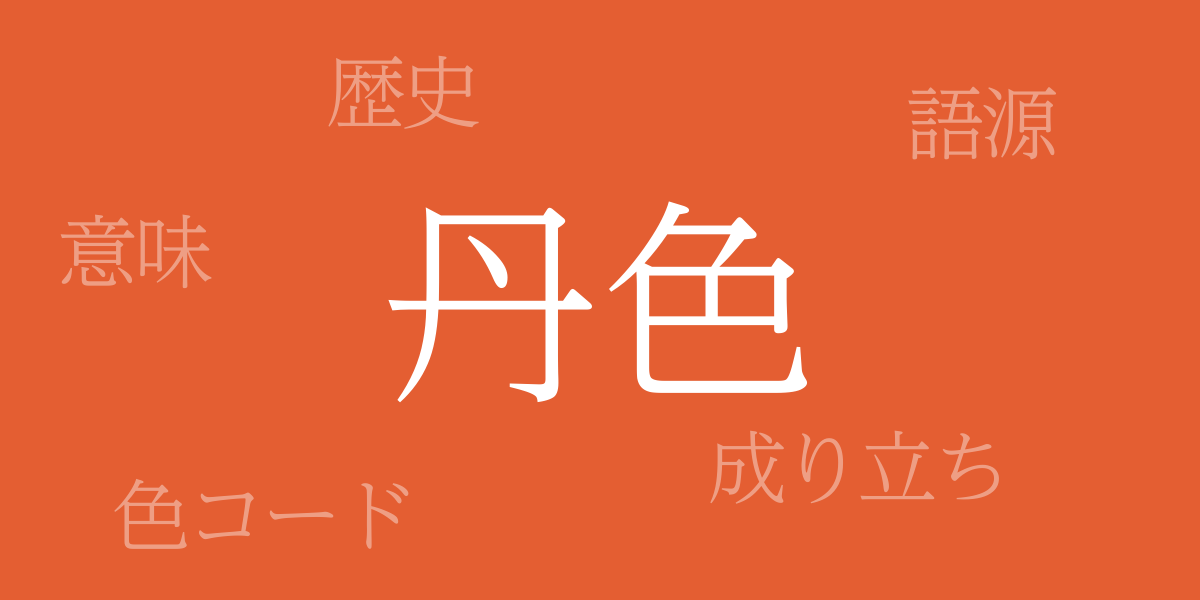The traditional colors of Japan have garnered worldwide attention for their rich hues and deep historical background. Among them, “Niiro” (丹色, にいろ) is one of the colors that has been rooted in the lives of Japanese people since ancient times, influencing culture and art. In this article, we delve into the allure of Niiro, exploring in detail its shades, history, color codes, and even its Western name.
About Niiro (丹色, にいろ)
Niiro is a vivid orange color with a reddish tinge, known as one of the most passionate and warm colors among traditional Japanese colors. It evokes the sunset or burning autumn leaves in nature, giving the viewer energy and warmth. Its rich hues are incorporated not only in kimonos and Japanese paintings but also in contemporary design and fashion.
The History of Niiro
Niiro is believed to have been used as early as the Heian period (794-1185) and has developed in conjunction with Japan’s dyeing techniques. This color played an important role in court culture, often appearing in the attire of nobility and literary works. It was also used in the armor and banners of samurai, valued for expressing bravery and dignity.
Color Codes for Niiro
In digital design and web production, where accurate color reproduction is required, color codes are extremely important. The following are the color codes for representing Niiro:
- HEX: #E45E32
- RGB: R:228 G:94 B:50
- CMYK: C:12 M:77 Y:82 K:0
The Western Name for Niiro
The Western name for Niiro is said to be “Vermilion” or “Cinnabar.” These names are derived from the mineral cinnabar, referring to the vivid vermilion pigment obtained from it. This pigment was used in paintings and decorative objects, particularly in Renaissance art.
Conclusion on Niiro
Niiro is regarded as one of the colors that symbolize Japanese culture due to its historical background and beautiful hues. It has a striking presence among traditional Japanese colors and continues to be loved in various fields even in modern times. By incorporating this color, one can add depth and passion to their works and designs.

























